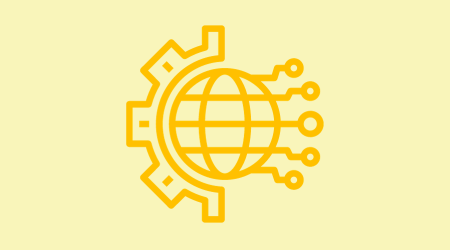Security | Threat Detection | Cyberattacks | DevSecOps | Compliance
Digital Transformation
Navigating the Digital Transformation in the Insurance Sector
Empowering Businesses in the Digital Age: A Security-First Approach
Greening the Digital Frontier: Sustainable Practices for Modern Businesses
Joining the dots and being a composer for digital transformation initiatives
At the recent Xalient 2023 Summit: Shaping a Secure Connected Future held at the iconic Abbey Road Studios in November, there were several fascinating talks around the challenges facing senior leaders in IT as they prepare for the future.
Digital Transformation in Banking: The Impact of Fintech Consulting
How Digital Transformation Impacts Vulnerability Management Programs... and the Solution
The Evolution of Security and Identity is Key to Successful Digital Transformation
The Evolution of Security and Identity is Key to Successful Digital Transformation. Not a day goes by when we don’t hear about yet another data breach or sophisticated compromise. As a result, there cannot be a C-Suite executive that is unaware of the cyber threats their organisation faces, either through guidance from their security teams or the constant media reporting of ransomware or data theft as a result of successful cyber-attacks.
How to Extend Digital Transformation to GRC Strategies
With today’s dynamic cybersecurity threat landscape, governance, risk management, and compliance (GRC) can’t afford to be stuck lagging and playing catch-up. It needs to be leading the pack, ensuring organizations are compliant, protected, communicative, and driving business success.










